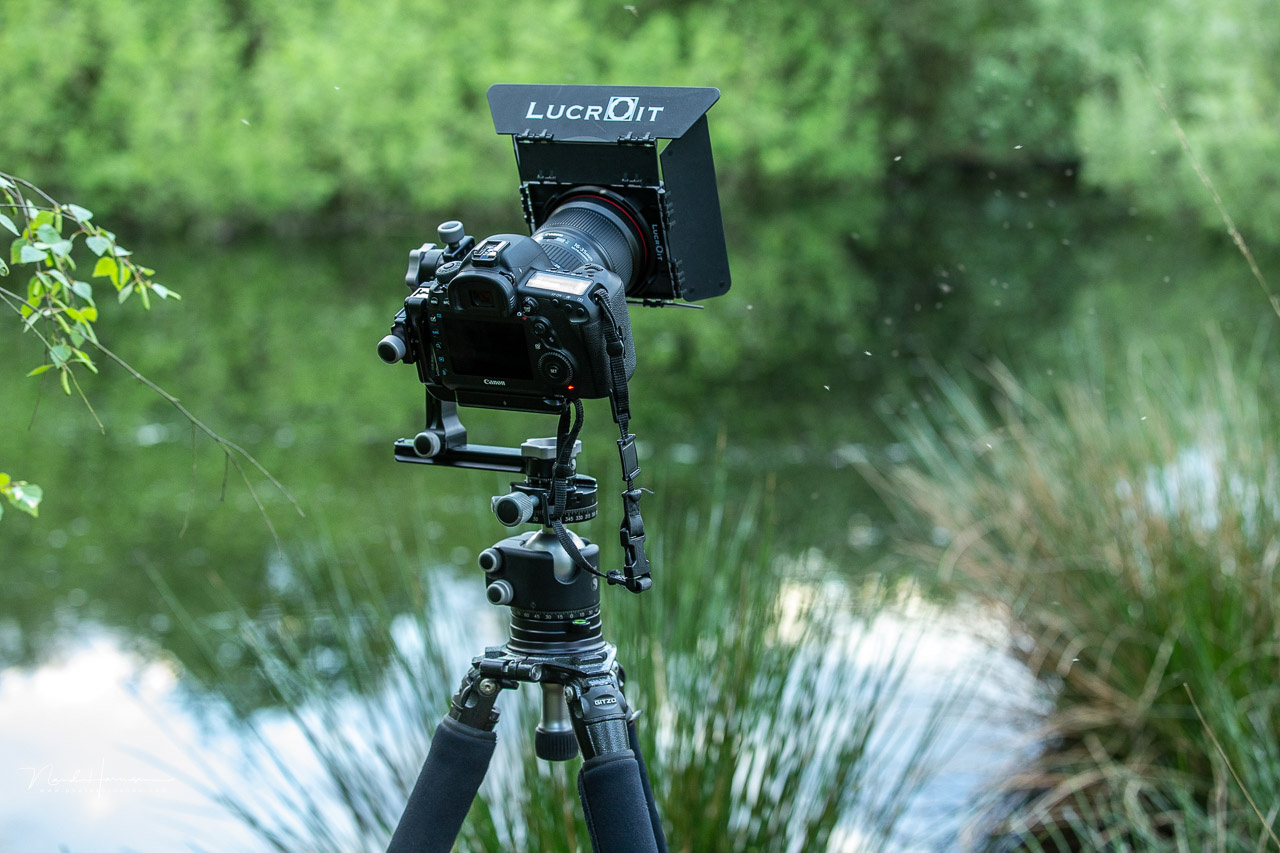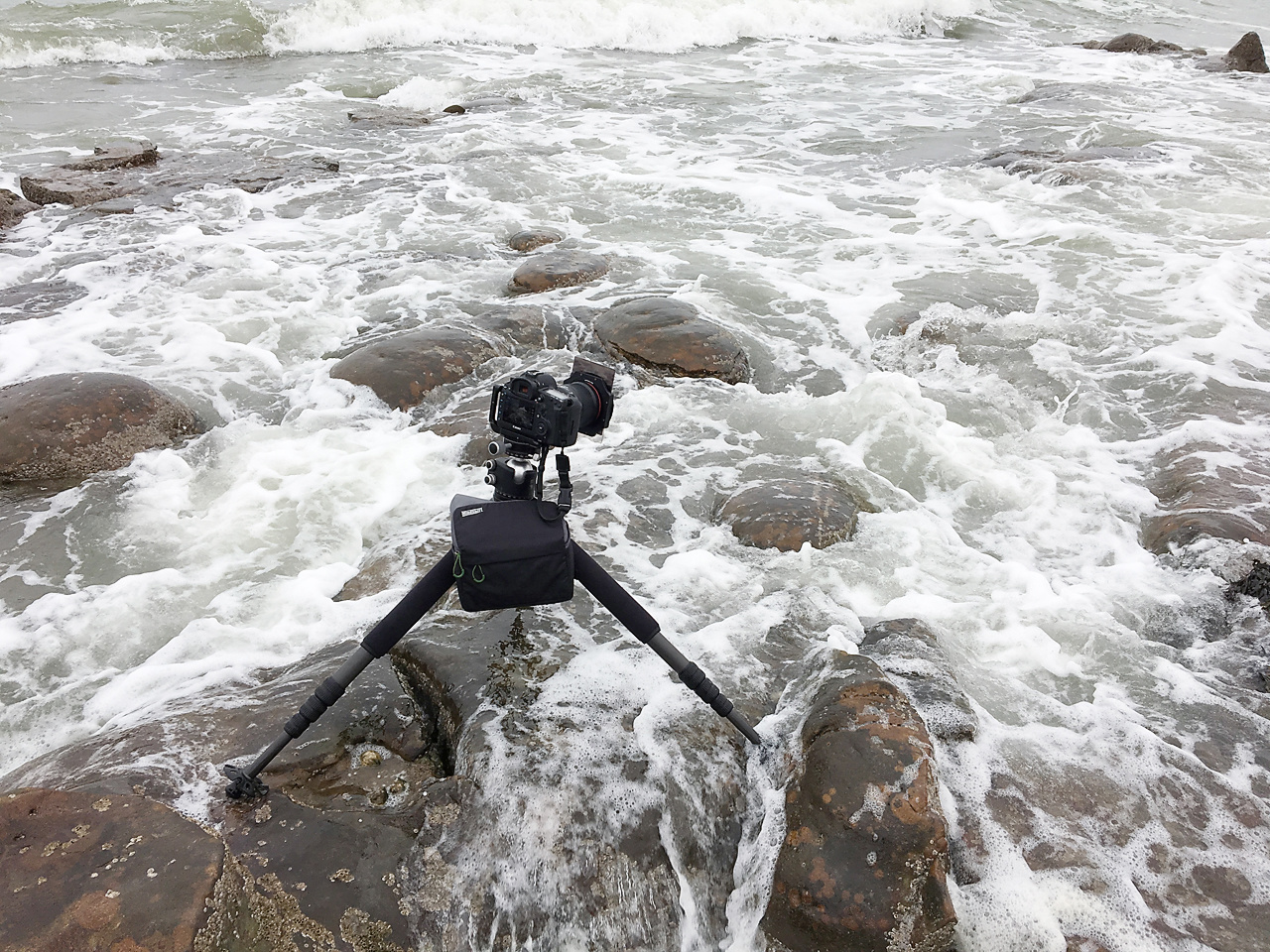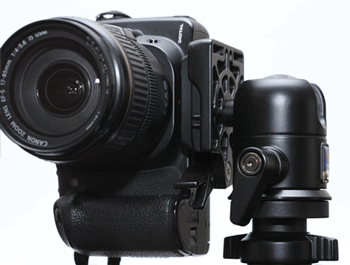A tripod is a vital tool for many photographers. There is a wide range of tripods available in every price range. You can invest as little as fifty dollars or go as high as fifteen hundred dollars. There are some things to watch out for, regardless the price range.
A tripod serves as a crucial piece of equipment. It stabilizes your camera and lens in a chosen position. It doesn't matter if you're using a 16mm wide angle lens weighing only 500 grams or a hefty 800mm lens weighing 5.5 kilograms. It allows for long exposures without issues or enables incredibly precise macro photography with substantial magnification. Moreover, it comes in handy for group portraits where you need to be in the shot too.

There is a tripod for every conceivable use, and this determines the type of tripod you need, up to a certain extent. It might be easy to just recommend a thousand-dollar tripod with the assurance that your camera will be secure in every situation. But that would be bad advice.
After all, it would be foolish to invest in such an expensive tripod if you only use it a few times a year. In fact, even budget-friendly tripods can be a suitable choice as long as you consider a few factors. In this article, I will provide some key checkpoints without steering you directly towards the most expensive tripod.
The Obvious Considerations
There are a few fundamental considerations when it comes to tripod advice. Firstly, consider the weight it can support. A general rule of thumb is three to four times the maximum weight of your heaviest equipment. If this is 5 kilograms, I always recommend choosing a tripod and ball head capable of supporting at least 15-20 kilograms.

While this might seem excessive, it will help minimize vibrations. Additionally, if you tend to use your camera backpack as a counterweight at the center column, this extra capacity becomes valuable.
Another crucial factor is how you intend to use the tripod. Is it for studio work, or does it need to accompany you on a long hike? For the former, a large, heavy, and sturdy aluminum tripod will suffice, while a lightweight carbon tripod is preferable for the latter.
Will you be using the tripod in conditions with wind or near water? Is videography the primary use, or will it be primarily for macro photography? These considerations will steer you towards a specific type of tripod.
Price is, of course, a consideration. What is your budget for a tripod that meets your needs? As mentioned, the most expensive one isn't necessarily the best for you. True, it will perform the task impeccably, but it doesn't make much sense if you're using a small compact camera on a heavy duty $1,500 tripod.
On the other hand, a $50 tripod might be an excellent choice if it's only needed occasionally, provided you choose carefully. After all, stability is the key. You don't want your costly equipment tumbling to the ground. That’s why you have to check some key points before buying.
What to Look Out For
I've come across some surprisingly good cheap tripods. They're compact, lightweight, and quite robust. I wouldn't hesitate to use one from time to time. That's precisely what these tripods are designed for: occasional or low-stress use.
If you're in the market for a tripod, always check the key points I mentioned below. It doesn’t matter if your tripod will be an expensive or a cheap one.
Leg Locks
Leg locks come in two types: the twist lock and the lever lock. Each has its advantages and disadvantages, and you should choose the type that feels most convenient for you. In other words, try both before making a decision.

A consideration that’s much more important is how securely the legs lock in place. Does it offer a firm lock that keeps the legs at the desired height, or do they slowly sink down? Remember, sinking occurs only under a constant downward force. This means you should test this with your heaviest camera and lens combination, or even with a camera backpack suspended from the center column.
Do the twist locks or lever locks operate smoothly? Do you need to apply a lot of force to lock or unlock the legs, or is it with a simple flick of a wrist? If you plan to use the tripod near water, you might want to consider whether the legs can be taken apart for cleaning.
The Base Plate and Ball Head
A common issue I've observed with many basic tripods is the ease with which a ball head can be unscrewed from the tripod itself, sometimes unintentionally. If you constantly need to check if the ball head is securely in place, there will come a moment when you forget.
The ball head is the component to which your camera attaches. You must be certain that the ball head is always properly secured. Even if there's minimal risk of your camera falling, a ball head that is not fixed in place won't maintain your camera in a stable position.
Another crucial consideration is the operation of the ball head itself. Typically, there are two or three knobs, each serving a different function. Ensure these knobs function seamlessly. They should be easy to lock and unlock without excessive force.
When you lock the knobs, it should be a secure lock. The panorama knob should keep the ball head fixed in the desired direction, while the ball head lock itself should hold the ball in the correct position. If it fails in this regard, you'll find it challenging to use the tripod in a convenient manner.
The Camera Plate Itself
Most ball heads now incorporate an Arca-Swiss connection plate. This small plate is screwed to the bottom of your camera, allowing for quick attachment to the ball head. This plate must be securely fastened, without any play. I don't need to explain the potential consequences if the camera plate comes loose.

Fortunately, various third-party camera plates are available. You're not restricted to using the one that comes with the tripod head. Seek out one that stays securely in place, or even consider an L-bracket if the one you received with the ball head fails to do so.
Don't Be Misled by Price
As mentioned at the outset of this article, an expensive tripod doesn't guarantee it's the best one for you. Therefore, it's essential to visit a store and try out different tripods yourself. You might discover an affordable tripod that presents none of the aforementioned issues and meets your requirements.

However, when searching for an inexpensive tripod, don't assume you can overlook one single issue as mentioned in this article. While you might save money with a budget tripod, it could jeopardize your expensive equipment if you accept certain shortcomings.
I'd like to ask if you have any additional tips to share when it comes to choosing a tripod. Please feel free to share it in the comments below.











The mantra I've heard for years regarding tripods is,
"Stable. Light. Inexpensive. Choose two."
hahaha
How true. I have to remember this mantra
You might want to consider which tools to have on hand accompanying your selected tripod. My ball head requires a 4mm (5/32") hex wrench to secure the clamp to the ball head. The L-bracket screws also require a 4mm (5/32") hex wrench to secure the L-bracket to the camera body and to loosen the vertical portion so it can slide out or in on the base component. I carry the 5/32" hex wrench supplied by the L-bracket maker attached to the bracket by two small magnets. Since I've knocked the wrench loose on a couple of occasions, I also carry an Acratech 2125 wrench on a keyring as well as a Wera 454 Hex Plus HF 4mm x 100mm T-handle hex wrench which has the ability to really tighten the necessary screws. Those wrenches add little weight to the bag, but provide considerable utility that will keep my camera securely mounted to the tripod.
Some tripod come with the right tools when you buy it. I think any decent tripod should come with a toolkit.
I wish camera makers and tripod plate makers could bring back the spring loaded alignment pin which would avoid any issue of a camera slipping like in the camera plate animation in the article, even if something happens to impact the friction of the rubber pad.
A good overview however, I have found that the industry guidelines for choosing a tripod are too vague when it comes to heavier cameras and lenses. Your rule of selecting a tripod that can support 3-4 times the weight of your gear is bang on and cannot be emphasized enough.
It is one thing to be using a cropped sensor camera with primes or a 70-300mm f5.6 but when you step up to a full frame camera with fast lenses you will need a much more stable platform. And ball heads just won't cut it, you will need to invest in a gimbal head unless you want to be constantly tightening and adjusting the ball head to correct the droop that occurs with longer focal length lenses.
Furthermore, when you move beyond a 24 MP sensor, vibration becomes a much bigger issue, those larger sensors need a very stable platform or you will not get the sharp images you just paid all that money for which can be very disheartening. Finally, don't forget to factor in accessories, a remote trigger and filters with a filter holder will add even more weight and wind catching surfaces for you to deal with. It is not the weight of the tripod that is the deciding factor, it is the weight of the gear you intend to stabilize that should be front and center in tripod selection.
A valuable addition. Thanks
Regarding accessories, don't forget a lens hood. A large and deep lens hood can cause serious vibrations if there is a strong wind. Even a 70-200mm lens at 70 and connected to the tripod collar is vibrating if the wind had found that lens hood. ;)
Michael,
You are spot on when you stress the importance of absolute stability.
To your point, it should be made known that wildlife photographers, who shoot very long focal lengths, shun the presence of a center column. And for good reason! One doesn't learn just how compromised a center column is until one uses one with an 800mm lens (or a 600mm f4) ... then one will understand how un-stable a center column is.
Among the fraternity of hard core wildlife photographers, if we see someone with a tripod that has a center column, we instantly all know that he's a rookie who's probably never shot wildlife or used a long lens before.
The article is fine so far as it goes but…. Like many such it focuses on stability when with modern IBIS this is not the major issue. A tripod really is most important when you want to freeze the composition between shots, either for bracketing(focus or exposure) or while waiting for the best light on a landscape or while finessing a static still life. This is much more useful than simply holding the camera steady!
Also, you mention ball heads (often costing more than the legs themselves!) but there are also geared heads, gimbal heads and 3 way heads to consider, each with pros and cons for different users.
Incidentally, I have 2 tripods(*): A heavy aluminium one for studio type work and a small, light, carbon-fibre one for landscape field work that lives in the back of my car. The studio tripod cost double the carbon fibre one but has many more adjustments and goes much higher but defies the usual pricing advice!
(*) Actually I have 4, if you count my Manfrotto table tripod and a Joby Gorillapod!
Even with IBIS and OIS, they do not help with very low shutter speeds. E.g., constant lighting and shutter speeds like 1/5s will not look good on an unstable tripod.
This is probably your personal most important use of a tripod.
For me a tripod is most important for long exposures. Not freeze composition between shots.
We all have differing uses for a tripod, but the one thing we all need from it is stability. No matter what you are using a tripod for or what lens you are using it with or how long or short your exposure is or whether you are doing time lapses or bracketing or not, all uses demand absolute stability from a tripod and any little shake or vibration will ruin your images or footage no matter what type of shoot you're doing.
You make a great point, Alan. Ball heads are really lame when used with big telephotos. A full gimbal is really the way to go and any of the half measures are not nearly as good or effective.